BEIJING SHANGHAI HONG KONG TAIPEI CHENNAI
Published by
World Scientific Publishing Co. Pte. Ltd.
5 Toh Tuck Link, Singapore 596224
USA office: 27 Warren Street, Suite 401-402, Hackensack, NJ 07601UK office: 57 Shelton Street, Covent Garden, London WC2H 9HE
British Library Cataloguing-in-Publication Data A catalogue record for this book is available from the British Library.
LIVING RAINBOW H2O
Copyright 2012 by World Scientific Publishing Co. Pte. Ltd.
All rights reserved. This book, or parts thereof, may not be reproduced in any form or by any means,electronic or mechanical, including photocopying, recording or any information storage and retrievalsystem now known or to be invented, without written permission from the Publisher.
For photocopying of material in this volume, please pay a copying fee through the CopyrightClearance Center, Inc., 222 Rosewood Drive, Danvers, MA 01923, USA. In this case permission tophotocopy is not required from the publisher.
ISBN-13 978-981-4390-89-7 (pbk)ISBN-10 981-4390-89-5 (pbk)
Typeset by Stallion Press
Email: enquiries@stallionpress.comPrinted in Singapore.
Preface
Chasing rainbows is just what people do, especially when gazing into the clear blue sky. I found mine 20 years ago while peering down a microscope. This rainbow was dancing inside a tiny fruit fly larva freshly hatched from its egg. It told me that all organisms and cells are liquid crystalline and coherent to a high degree, even quantum coherent, thanks to the water in the living matrix that creates the dancing rainbow of life.
So inspired was I that the first draft of The Rainbow and the Worm: The Physics of Organisms (of which the present book is a sequel) was finished in a month. I dared not pause as ideas tumbled out from a melee of swirling imagery and extrasensory perceptions faster than I could write on my computer. And indeed, I drew pictures before I could find the words. It was an exhilarating experience. The big question what is life that had preoccupied me for the best part of my career up to then was being answered, if ever so tentatively; many old puzzles fell into place. Nature was speaking to me directly; or so I imagined.
The first edition of that book was published in 1993. By 1996, I found most of the solution to the circular thermodynamics of organisms, which led to the 1998 second edition. Since then, I have discovered the work of Gilbert Ling, Gerald Pollack, Martin Chaplin, and others on water at interfaces, inside the cell, and in the bulk. When my publisher, World Scientific, requested a sixth reprint of the second edition, I realized it was time to do the third. The 2008
xiii
much enlarged third edition completed the circular thermodynamics of organisms and sustainable systems, thanks to inspiration from environmental engineer George Chan, whose integrated food and waste management system was a living example of how to integrate oneself into the circular thermodynamics (or economy) of nature. The third edition also contained the contributions of those remarkable scientists who reignited my long love affair with water. I coined the term liquid crystalline water for the highly ordered and polarized water of the living rainbow in organisms.
But the beauty and perfection of the living rainbow stilleluded me. Despite the major insights offered by the best water scientists in the world, the full significance of liquid crystalline water did not present itself. The experimental findings wereamazing, often contradictory, and subject to conflicting interpretations. It really needed a coherent narrative all its own, building on the insights of my first book.
It was late August 2011 when epiphany struck. Shortly before then, I had finished reviewing the latest literature on a range of topics that was unusually wide even by my standards, which probably put my mind in a heightened state of awareness. It included a remarkable theory of everything that claims to relate all the forces of nature; followed by cold (nuclear) fusion in desktop devices; non-thermal biological effects of very weak electromagneticfields; and membrane potential changes in development, regeneration, and cell proliferation. With those out of the way, I devoted my entire attention to water research in preparation for the summer school I was invited to teach by Djuro Koruga, distinguished Serbian scientist and pioneer of nanomedicine, who is very interested in how water is involved in the function of molecular machines. (Djuros laboratory is one of the few in the world that take nanotoxicity very seriously, so safety assessment is a key part of the research of his team.)
Peter Saunders, my husband, and I met Djuro for the first time in2009 when he invited us to speak at a conference on evolution celebrating the 200th anniversary of Darwins birth, and I was also invitedto speak about Rainbow Worm to his students in the engineering
Prefacexvfaculty and the Serbian Medical Association. It was then that wediscovered our shared passion for water and many other big questions in science. Djuro is a remarkable Serbian academician, whoseknowledge and expertise range widely from astronomy and mathematics to engineering and nanotechnology. He was the one whoalerted me to the golden mean a classical concept of beauty andharmony which is turning up everywhere in contemporary chemistry and biology, in quasicrystals that are finding many applicationsin photonics and electronics, and in proteins and DNA.
In the course of preparing my lectures, I rediscovered the work of my old friend Emilio Del Giudice, whom I met in 1986 at a conference organized by Clive Kilmister (then Professor Emeritus of Mathematics at Kings College London, who sadly died in May 2010). It was on that same occasion that I met quantum biophysicist Fritz Popp, then at the University of Kaiserslautern in Germany. Fritz and Emilio changed my life forever, although I understood not a single thing that either of them had said. I did, however, get the message that quantum coherence was very important for understanding living systems, and they were right, as my

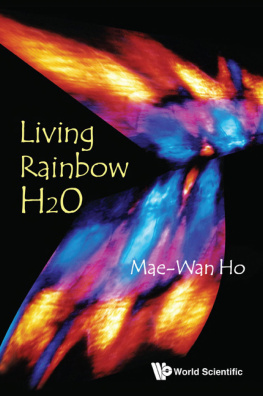

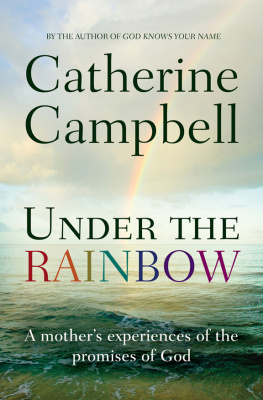
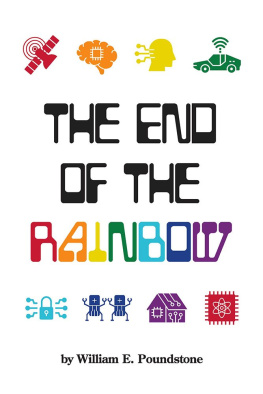
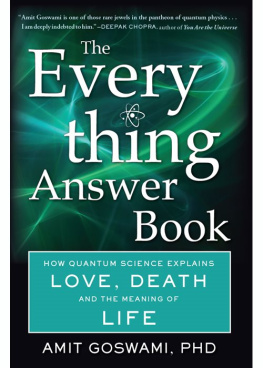
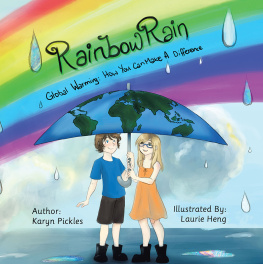
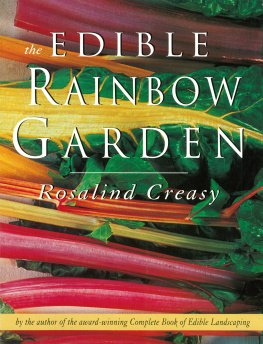
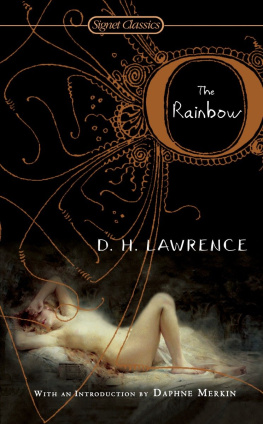
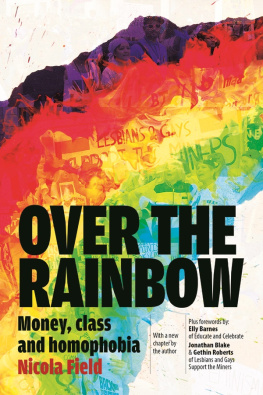
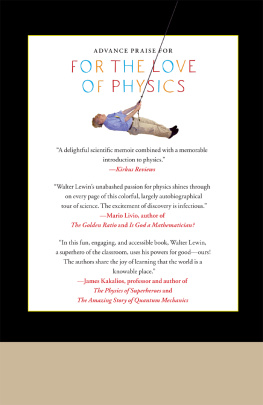
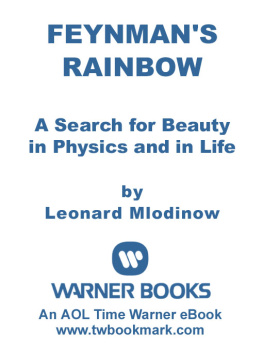
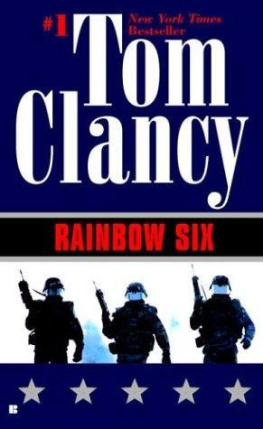
 This page intentionally left blank
This page intentionally left blank 